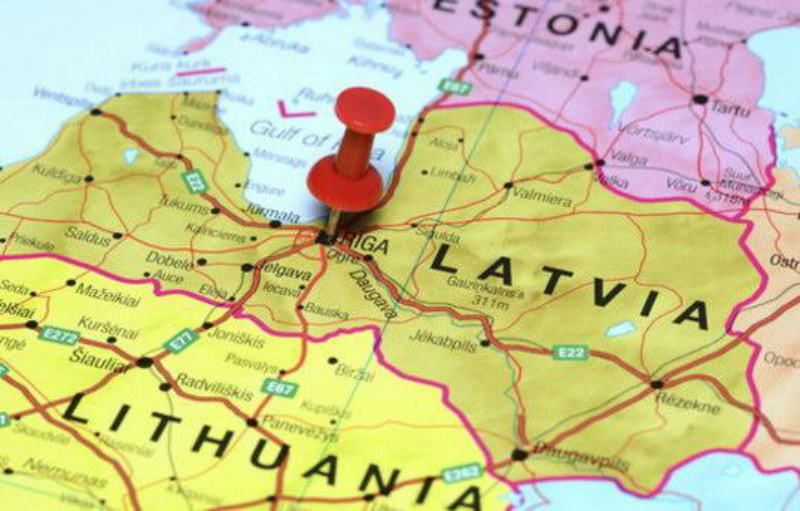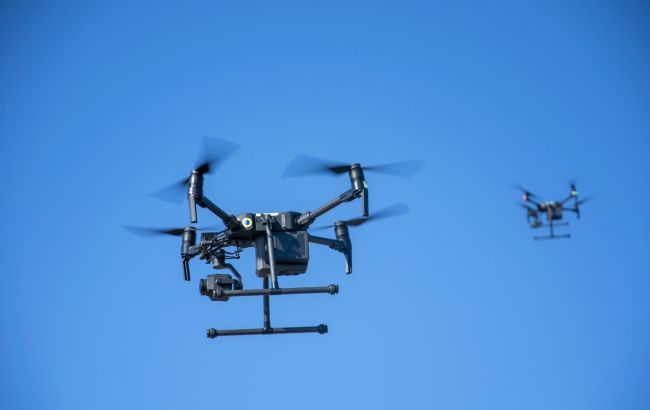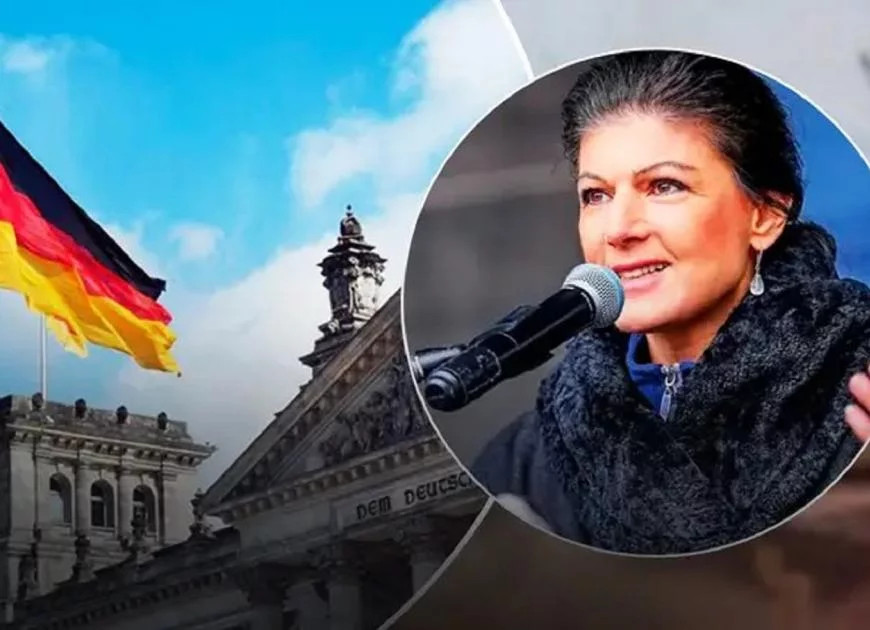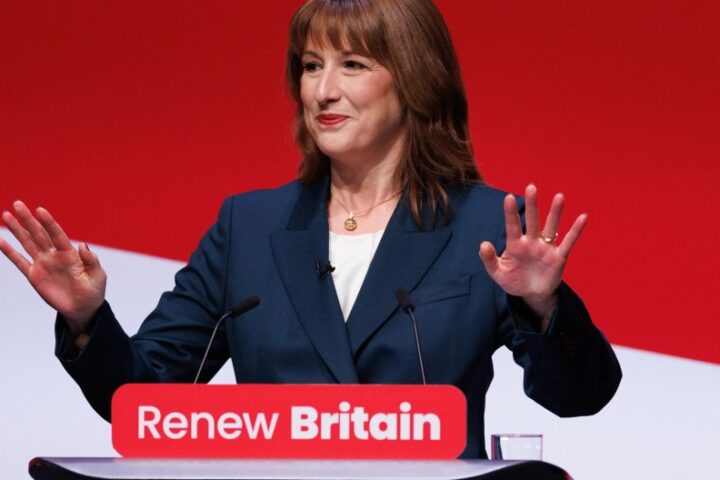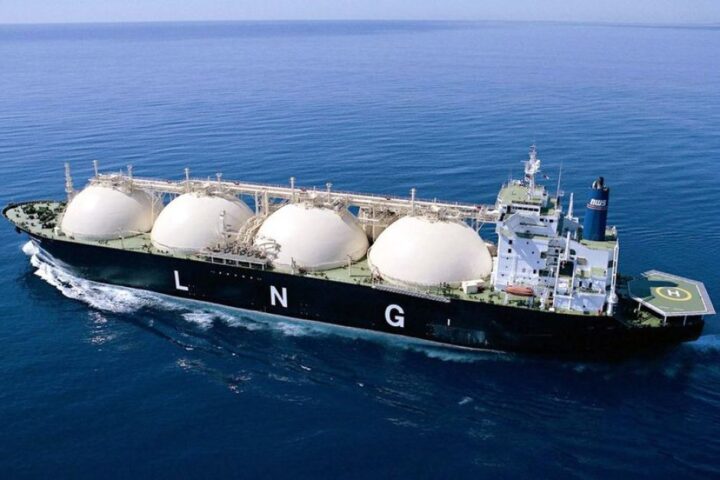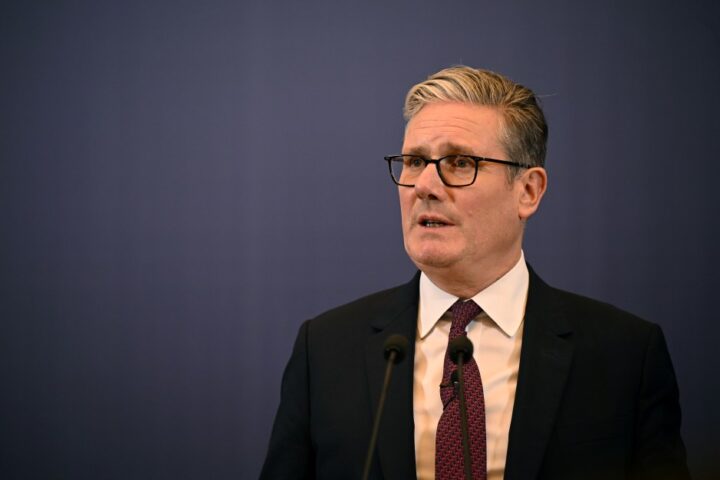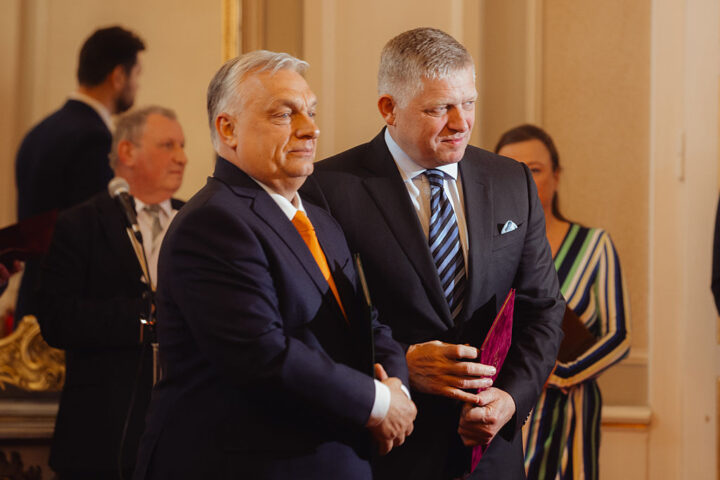LONDON, 25 June 2025 — A large-scale conflict between Russia and NATO could cost the global economy more than $1.5 trillion in its first year alone, according to a stark new forecast published by Bloomberg Economics. The report, released on 24 June, warns that the fallout of even a limited Russian military incursion into the Baltic states would result in sweeping security, economic and political consequences, particularly for Europe.
The scenario modelled is not a theoretical exercise, analysts stress. Instead, it presents a data-backed warning to Western leaders: invest now in credible deterrence—or pay exponentially more once deterrence fails.
Early hybrid attacks seen as trigger for invasion
The report outlines how Russia could stage a provocation or hybrid assault—potentially via sabotage on key infrastructure, such as the strategic railway link between Moscow and Kaliningrad through Lithuania—to justify a rapid military intervention in Estonia or Lithuania. This would echo tactics seen in previous Kremlin campaigns and could be framed as a “protective” operation for Russian nationals.
Such a manoeuvre, analysts argue, would risk triggering NATO’s Article 5 mutual defence clause, potentially plunging the alliance into open war with Moscow.
Catastrophic global impact
Even a “limited” war in the Baltics would inflict immense global damage. Bloomberg’s estimates show a 1.3% contraction in global GDP, amounting to around $1.5 trillion in losses during the first year. Europe would absorb the worst of the blow. Key vulnerabilities include energy supply routes, transport infrastructure and financial markets, especially in countries bordering Russia.
If the conflict escalates beyond the Baltic theatre, global economic disruption could become severe and prolonged—posing a real threat of a new international economic crisis.
Ukraine as the current frontline of containment
According to the Bloomberg report, Russia’s continued military build-up, especially in artillery, drones and missile production, is not just aimed at sustaining its war in Ukraine, but at preparing for a potential future confrontation with NATO.
In this context, Ukraine plays a pivotal role. Its forces are absorbing much of the Russian military effort, acting as a buffer between the Kremlin and the rest of Europe. “Ukraine today is the shield holding the line,” the report notes, echoing assessments from European intelligence officials.
Failing to support Ukraine adequately now, Western experts warn, would not only embolden Moscow but risk a larger-scale war later—one that would be vastly more expensive, both in human and financial terms.
Strategic and economic rationale for deterrence
The Bloomberg findings support the view that deterrence is not just a military imperative, but an economically sound strategy. The report concludes that it is “substantially cheaper to invest in deterrence now than to finance a war later,” estimating that prevention could reduce potential future costs by hundreds of billions.
This aligns with ongoing calls from NATO and Baltic officials for greater troop deployments, expanded air defence systems and reinforced cyber and infrastructure protections.
Pressure grows to reinforce sanctions and defences
Despite existing sanctions, Russia is ramping up arms production at an industrial scale. The report warns this signals the Kremlin’s intent to sustain confrontation over the long term, and urges stronger sanctions and export controls, particularly on dual-use technologies.
The Baltic states—Latvia, Lithuania, and Estonia—remain especially exposed. Though small in population and economic size, they occupy a strategic position on NATO’s eastern flank. For Moscow, control over these territories would be a symbolic and logistical victory, significantly shifting the regional power balance.
Western analysts and regional governments alike are calling for a coordinated increase in military spending, intelligence cooperation and economic resilience planning.
“This is not about hypothetical risks. The data points to a real and calculable threat,” the report concludes. “The choice is stark: pay now for peace, or pay later for war.”
